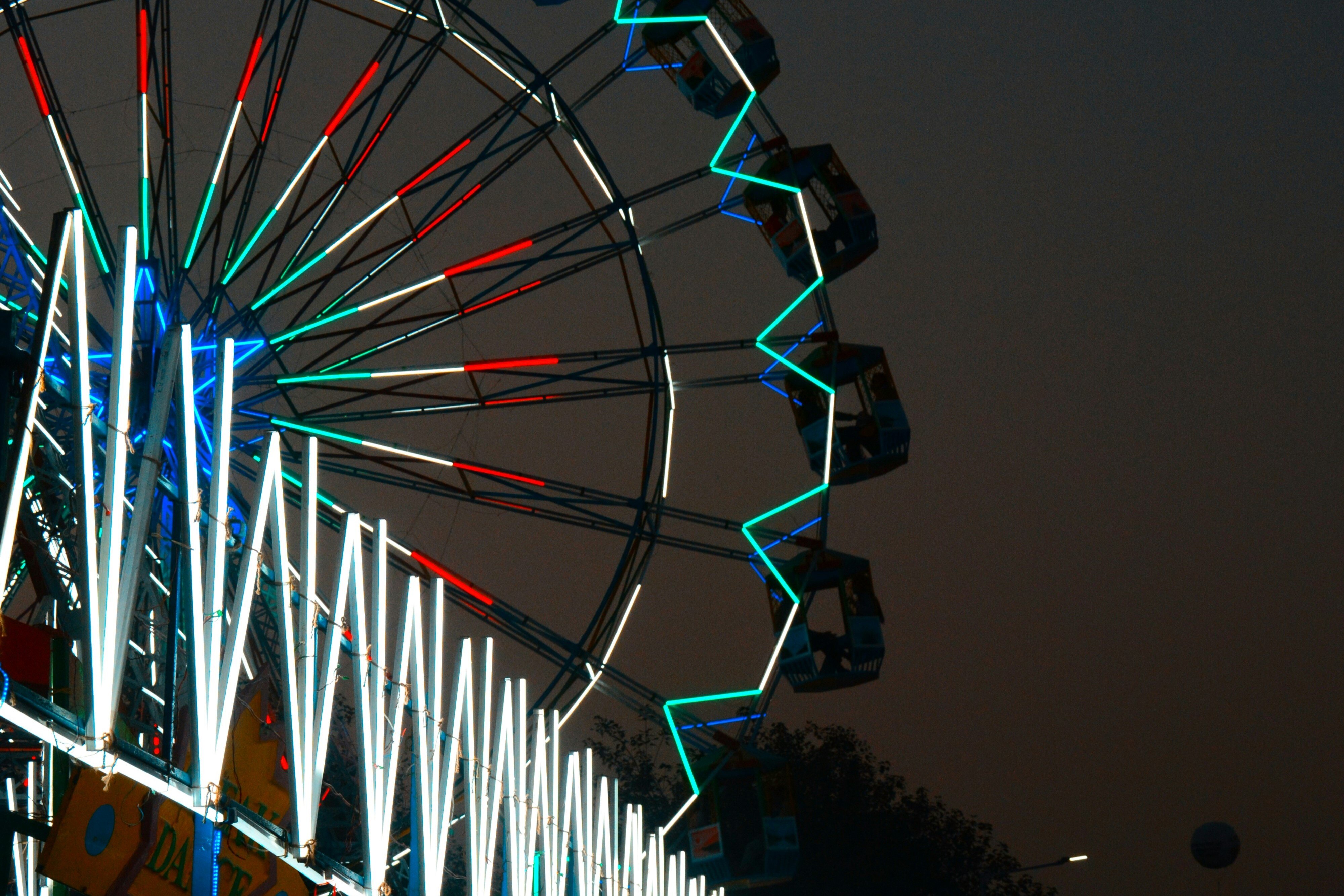You've now set up your email marketing strategy and constructed your copy to form impactful subject lines, preview text and played around with how you might be able to use personalisation. Now it's time to layout your content in the best way possible to ensure your emails drive the conversion you're looking for.
Here are some key things to consider when you start to build out your email.
1. Content
While your recipient might be drawn to open your email through the from address, subject line and compelling preview text, the content in your email is the thing that drives business from the campaign itself. The content is the thing that will drive the conversion – which is what you ultimately want.
Here are some tips on how to develop the most effective content:
-
Know and write for your audience – always keep them front-of-mind
-
Keep it simple and strong: Keep messaging concise and to the point
-
Make the email scannable: Add line breaks every 60 characters in your plain text emails to increase legibility, try using bullets to make your content more visible and separate copy with headings
-
Align copy to subject line and preheaders, but don’t be repetitive by using the exact same copy
-
Concentrate on a singular goal: don’t clutter your email with so many actions that readers don’t know what to do first (or at all).
-
Body copy font size should be 14 pixels
-
Heading copy font size should be 22 pixels
-
Try bolding parts of your body copy to capture attention. Pick only 1-2 words to bold and avoid overusing this feature.
2. Call-to-Action (CTA)
A call-to-action describes the part/s of the email that asks readers to take an action that fulfils the goal of your email, where there is one. Marketing or Sales emails will typically have a more urgent CTA, while operational emails might simply have a link to further information.
For promotional emails, the CTA should be persuasive and compel your recipients to perform your chosen conversion, this might include:
-
Book a meeting
-
Download a file
-
Visit the store
-
Register for an event
-
Click through to an associated landing page
Marketers often clutter emails with so many calls to action that none succeed. Keep an email simple, make it clear what you want the recipients to do, and give them a compelling reason to do so.
-
Use a strong command verb to start each CTA (E.g. Visit, Register, Download, Start, Compare, View)
-
Give recipients a reason to click – what’s in it for them?
-
A sense of urgency always helps – add an incentive where it works (E.g. “Limited number of tickets available” followed by “Register Now”)
-
Use contrasting colours so the CTA stands out
-
Make sure they are leading to the appropriate campaign landing page or website page.
3. Email size
Some email platforms (such as Gmail) will clip the email after a certain size, which is usually determined by the number of Kilobytes (KB). Gmail for example will clip emails that have message size larger than 102KB, which will hide all content after that point and show the [Message clipped] view entire message link.
The email message itself is the underlying code that makes up the entirety of your email – text, images, URLs HTML, and any tracking code that might exist in the email. Each character of the code is approximately 1-2 bytes, and the total value of every character makes up the size of your email.
Use the below tips to help decrease the size of your email and give it the best chance of being delivered, and read:
-
Focus on a few key points or a specific call-to-action rather than multiple. Shorter emails not only avoid clipping, but also improve open rates
-
Use "Read More" links to point to a website where your reader can get in-depth information – don’t overload your emails with information where it’s not necessary
-
Remove unnecessary spaces or line breaks
4. Layout
Marketers don’t always place much importance on email layout, but many organisations and marketing agencies who design email templates work very hard to develop email templates with layouts that are aimed to convert.
Layout includes how it should look, its length, fonts, colours, image use, and CTA placement.
-
Limit yourself to four or five modules (excluding footer/disclaimer and mandatory ‘view online’ sections) for better visual emphasis
-
Don’t use too many CTAs (See section on CTAs for tips)
-
Where your copy is running long, consider limiting characters and hyperlinking ‘…Read More’ copy that will lead to a relevant landing page
-
Consider the hierarchy of information that you want to pay importance to. Ultimate CTA goes first!
-
Use the right template for the purpose of your email.
The Inverted Pyramid
This model to email layout works particularly well for campaign with a simple message and a single CTA, though if you can’t avoid a long email, you can repeat this process down the length of your email (just make sure it’s not TOO long!)
-
Start with a succinct headline that highlights the key messages, or the value proposition of the email
-
Follow up with supporting information and imagery to convince readers of the benefits of clicking through and converting
-
Present your CTA to make it clear how you want them to act next,

Keep an eye our for Part 4 of our Email Toolkit series where we're discussion how visuals in your emails can impact their visibility all together.
In the meantime, if you're interested to see how we have helped organisations like Hastings Deering set up their email marketing platform and template library, you can read about it here.



